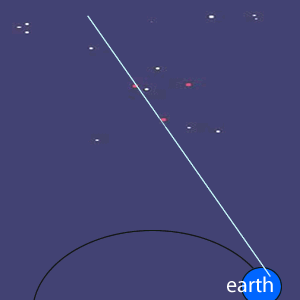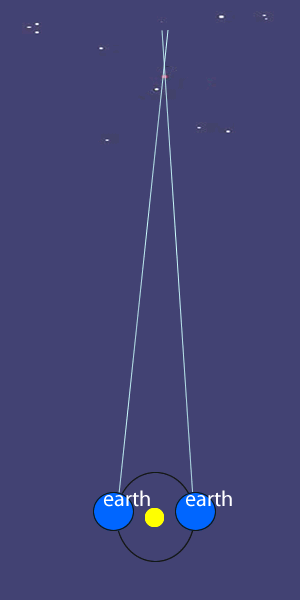| Understanding our Solar System |
 |
| Our understanding of the Solar System has evolved over many thousands of years. Knowledge gained by early Greek astronomers was built upon by their contemporary counterparts. |
Early Greeks could only make limited observations of the night sky with the naked eye.
A Greek named Aristarchus of Samos (310 -230 BC), proposed a Sun centered Solar System around 200 BC. His idea was challenged by the common sense of Aristotle and was quickly put to rest. Aristotle argued:
-
Since the Earth needs to spin on its axis in an heliocentric (sun centered) solar system in order to explain day and night, why didn't objects simply fly off the spinning Earth?
|
 |
| - If the Earth was in motion, why when we jump off the ground are we not left behind by the Earth moving beneath our feet? |
| - If the Earth were actually moving around the sun, nearby objects in the night sky should appear to change their position with respect to background stars. This is known as parallax. |
 |
The first two arguments represent a deep misunderstanding of the physics of motion and gravity. Jumping up and down on a moving train certainly does not make the floor move from under you. The physics required to refute these arguments would become clear in the 17th century.
|
| The third argument is correct, but fails to take into account that the amount of parallax decreases over long distances. The ancient Greeks did not yet have an understanding of the incredible distances involved. |
 |
| Continue - Using parallax to determine distance |
| Continue with Ptolemy |



